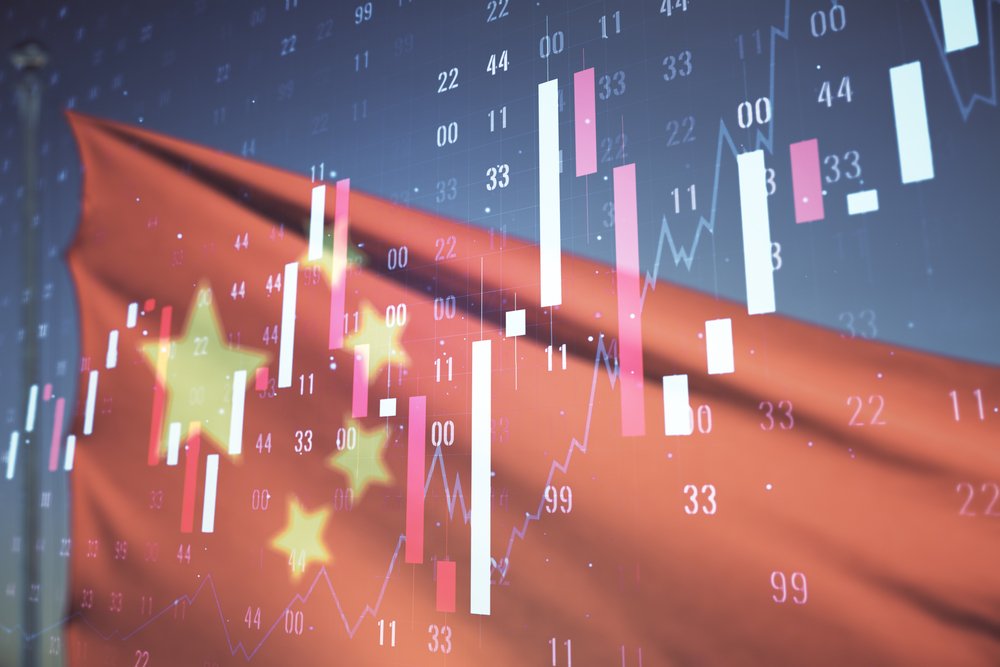Carbon credit prices in China have fallen to their lowest point since mid-2023, pressured by an excess of supply and tepid demand amid ongoing adjustments to the national emissions trading system.
The benchmark China Emission Allowances dropped to $8.25 (58.80 yuan) on Thursday, extending a nearly 40% slide since January, Bloomberg has reported.
The decline follows the expiration of September compliance deadlines and renewed selling by firms seeking to offload surplus permits before their validity runs out.
Relevant: China Plans Tougher Rules For Industry In World’s Largest Carbon Market
Under China’s existing framework, emitters are allowed to extend the life of unused allowances by selling them—rather than letting them expire—a feature that has contributed to mounting liquidity.
“This adds to today’s supply, therefore increasing liquidity pressure and weighing on prices,” analysts at BloombergNEF noted in a recent briefing.
The carbon market has been on a downward trajectory since peaking late last year, as policy tweaks and broader eligibility criteria have diluted credit values.
Tighter carryover rules introduced in 2024 have further pressured prices toward year-end, with companies offloading allowances they can no longer bank for future compliance periods, Bloomberg said.
«Today’s carbon credit demand is just the tip of the iceberg,» Aadith Moorthy, Boomitra CEO
At the same time, regulators in Beijing are fast-tracking plans to broaden the carbon trading scheme to include key sectors such as steel, cement, and petrochemicals by 2027—three years ahead of schedule.
Authorities are also mulling the introduction of hard emissions caps for certain industries, marking a potential shift from intensity-based targets.
The government’s push to expand market coverage comes as it seeks to balance economic growth with long-term decarbonization goals.
Still, market participants say clarity on allocation methods and compliance requirements will be key to stabilizing prices and boosting investor confidence.
Read more: China Formally Expands Carbon Market To Heavy Industries, Targets Emissions Reduction

